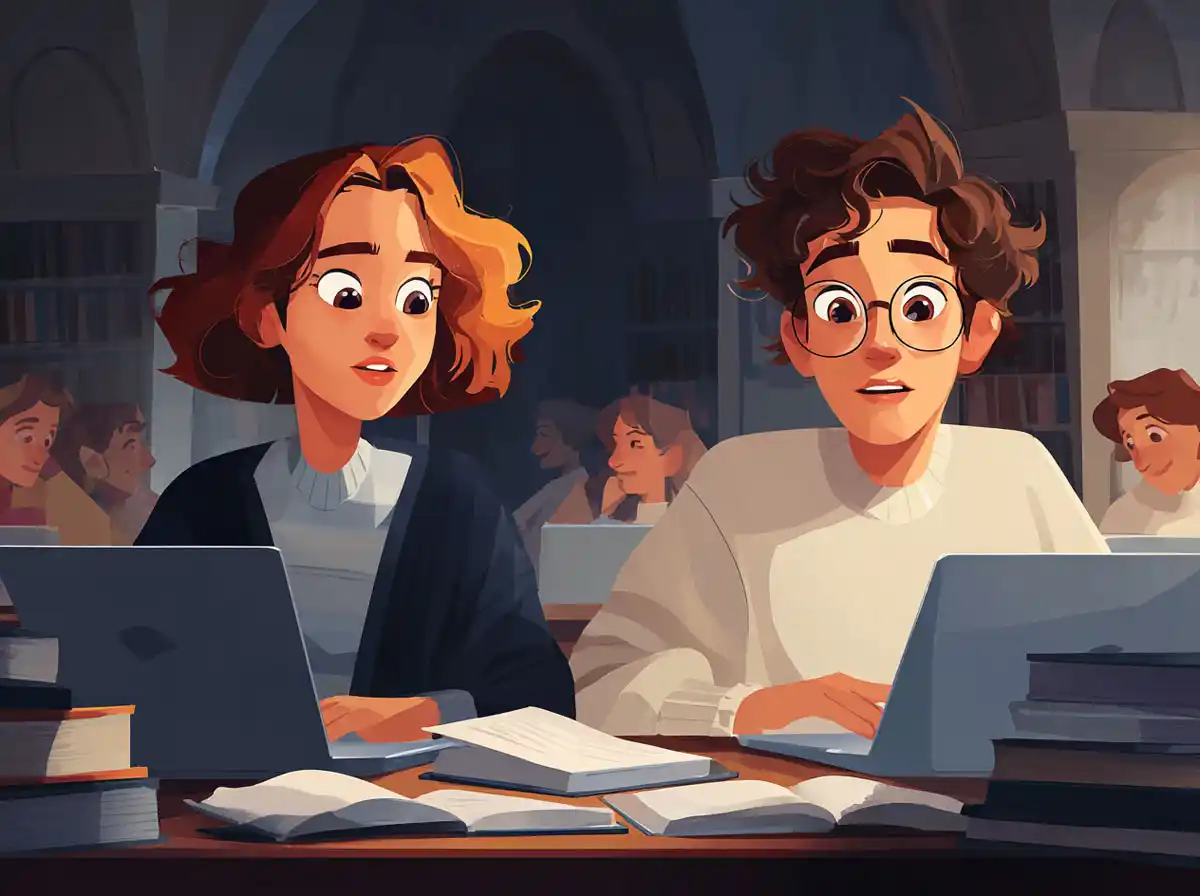Basic Descriptive Adjectives
Starting with the basics, descriptive adjectives set the foundation of most conversations and are essential for daily communication.
بزرگ (bozorg) means “big” or “large”. It is used similarly to English:
- این خانه بزرگ است. (In khāne bozorg ast.) – This house is big.
کوچک (kuchak) translates to “small”:
- آن ماشین کوچک است. (Ān māshin kuchak ast.) – That car is small.
زیبا (zibā) means “beautiful”:
- باغ زیبایی داریم. (Bāgh zibāyi dārim.) – We have a beautiful garden.
Adjectives for People
When describing people, these adjectives can be very handy:
خوشحال (khoshhāl) means “happy”:
- من خوشحالم که تو را دیدم. (Man khoshhālam ke to rā didam.) – I am happy to see you.
ناراحت (nārāhat) translates to “upset” or “sad”:
- او امروز خیلی ناراحت است. (O emruz kheili nārāhat ast.) – He is very upset today.
جوان (javān) means “young”:
- آنها جوان و پرانرژی هستند. (Ānhā javān va perenerzhi hastand.) – They are young and energetic.
Adjectives for Feelings and Sensations
Describing feelings and physical sensations often requires specific adjectives:
گرم (garm) means “warm” or “hot”:
- هوا خیلی گرم است. (Havā kheili garm ast.) – The weather is very hot.
سرد (sard) translates to “cold”:
- آب آن استخر خیلی سرد است. (Āb ān estakhr kheili sard ast.) – The water in that pool is very cold.
تازه (tāzeh) means “fresh”:
- میوهها تازه هستند. (Miveh-hā tāzeh hastand.) – The fruits are fresh.
Adjectives for Size and Quantity
Discussing size and quantity often involves these adjectives:
کم (kam) translates to “few” or “little”:
- من کمی آب نیاز دارم. (Man kami āb niaz dāram.) – I need a little water.
زیاد (ziyād) means “many” or “much”:
- او زیاد کتاب دارد. (O ziyād ketāb dārad.) – He has many books.
بلند (boland) means “tall” or “high”:
- درختان بلندی در آن پارک هستند. (Derakhtān bolandi dar ān pārk hastand.) – There are tall trees in that park.
Color Adjectives
Colors are often used as adjectives in Persian:
قرمز (ghermez) means “red”:
- گلهای قرمز زیبا هستند. (Gol-hāyeh ghermez zibā hastand.) – The red flowers are beautiful.
آبی (ābi) means “blue”:
- آسمان آبی است. (Āsemān ābi ast.) – The sky is blue.
سبز (sabz) translates to “green”:
- چمنها سبز هستند. (Chaman-hā sabz hastand.) – The lawns are green.
Using Adjectives in Sentences
In Persian, adjectives generally come before the nouns they describe, unlike English where they come after the linking verb. Understanding this structure is crucial for correct sentence formation.
Mastering these adjectives not only enriches your vocabulary but also enhances your ability to describe the world around you in Persian. As you continue to learn, try to incorporate these adjectives into your daily conversations to become more fluent and expressive in your language skills.










